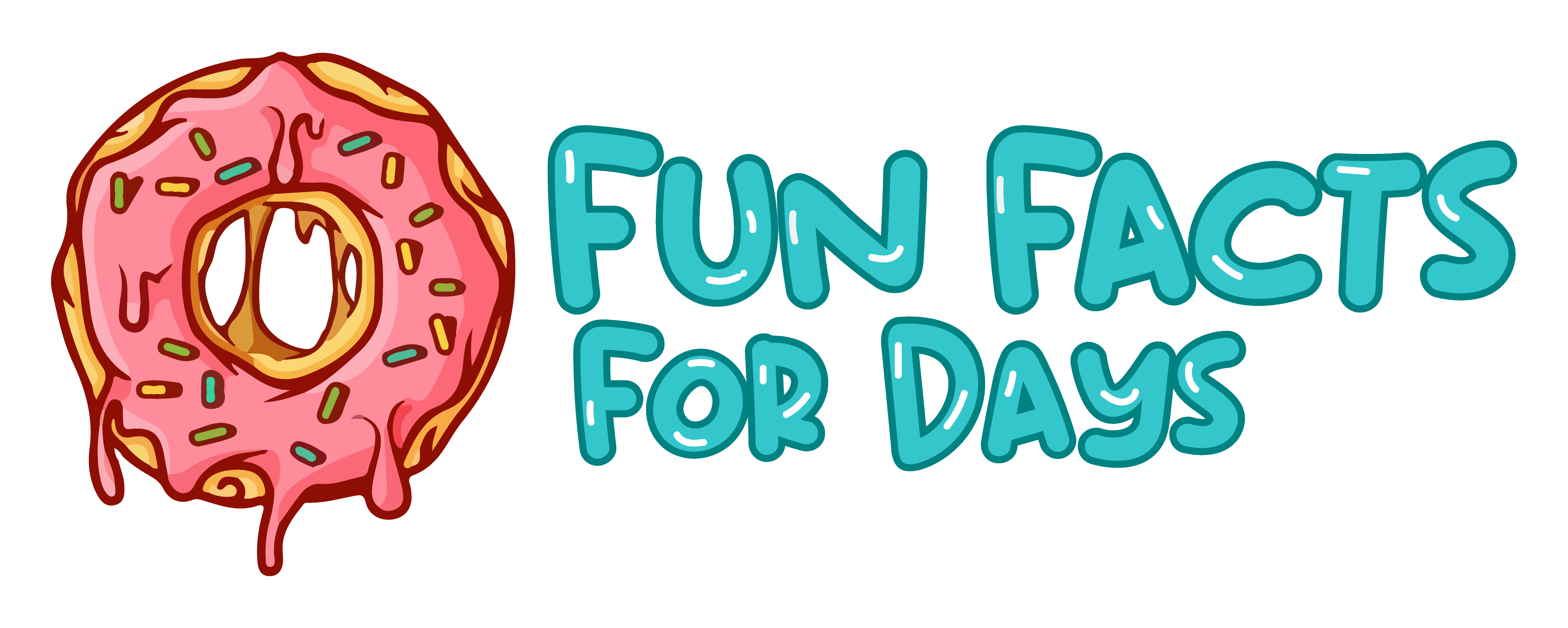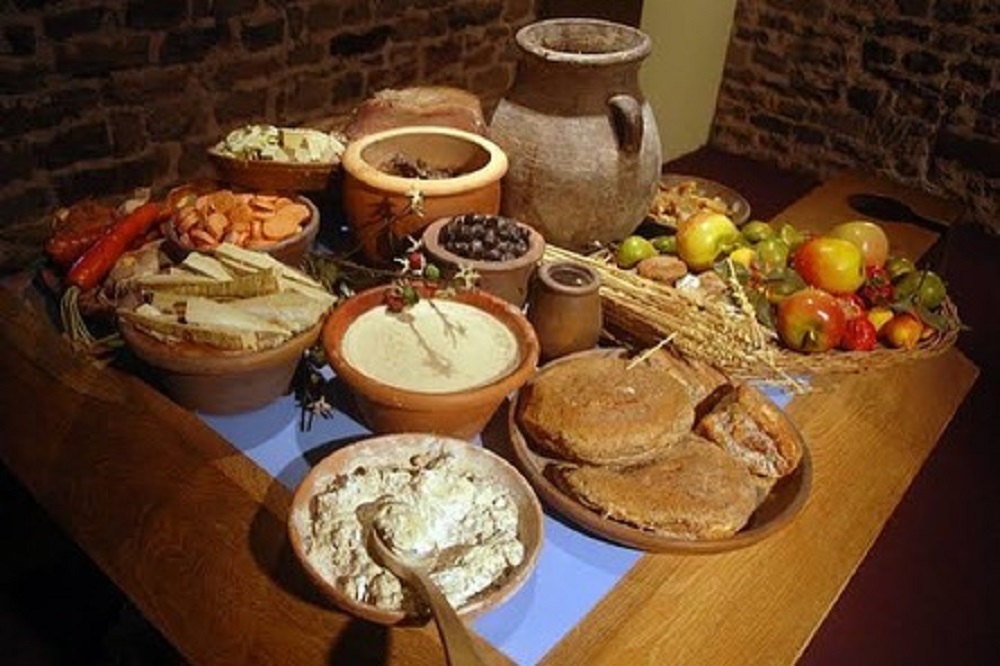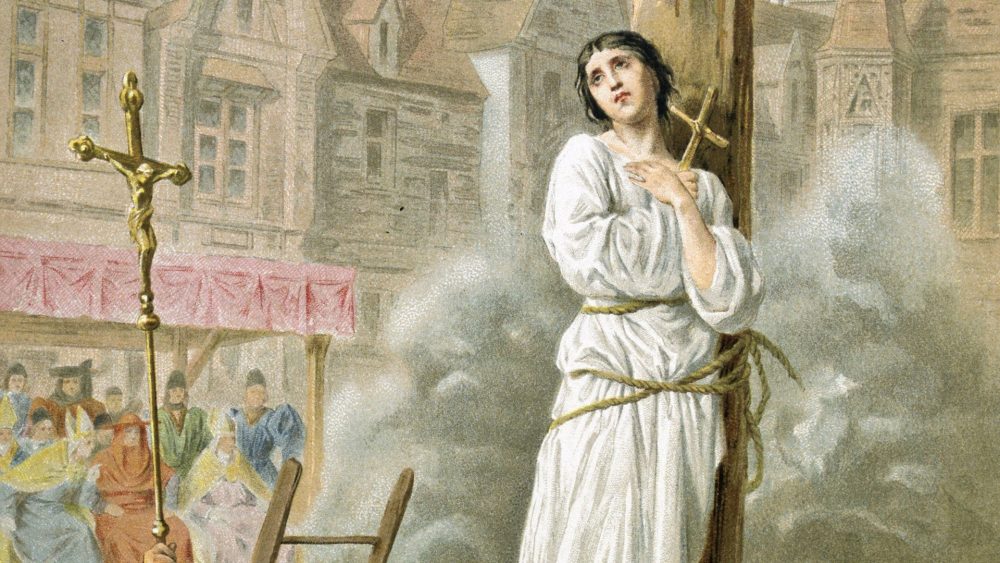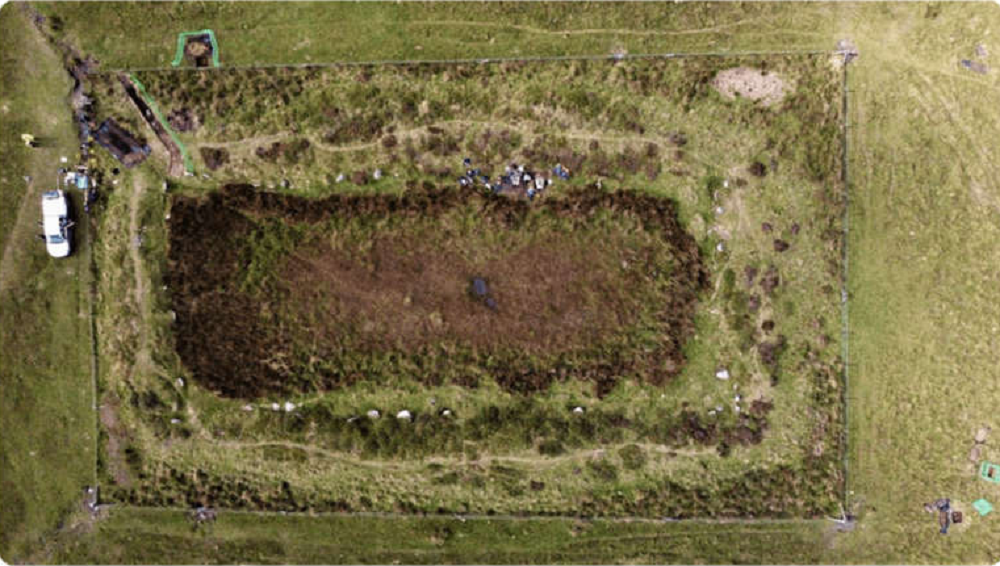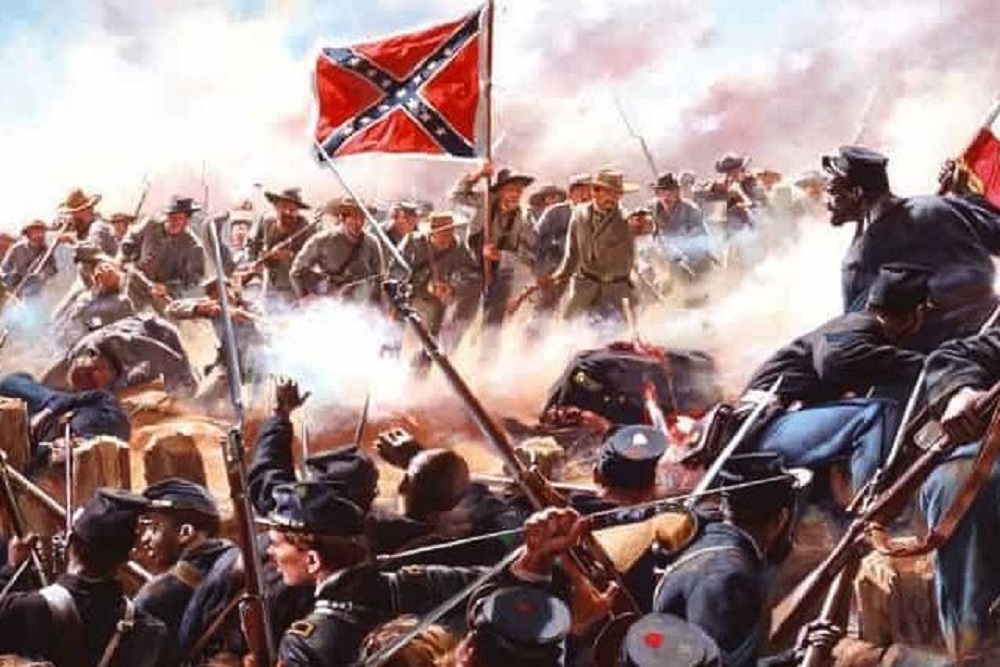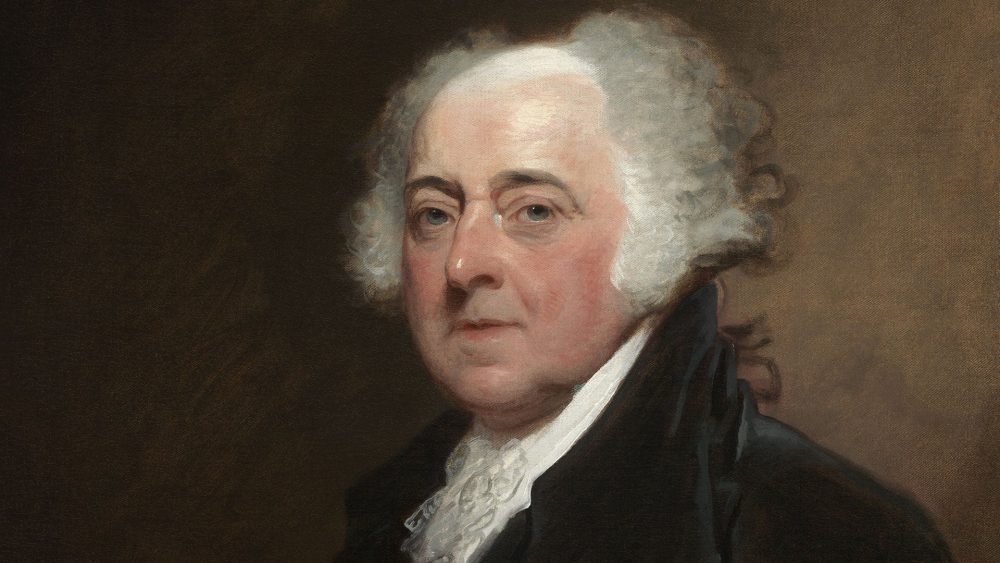Money's history is like a blockbuster movie filled with twists, turns, and transformations. Let's dive into an adventure that spans thousands of years and shows just how much our way of handling value has changed.
Once Upon a Time in Mesopotamia

Around 3,000 BC in ancient Mesopotamia, now the modern Middle East, people started using clay tablets to record debts
Before the era of swiping cards and clicking "Pay Now," there was a time when a piece of clay meant wealth. Around 3,000 BC in ancient Mesopotamia, now the modern Middle East, people started using clay tablets to record debts. It was a simple but revolutionary idea: symbols representing what you owe or own. No coins, no bills, just tablets.
Trading Chickens for Sheep? The Barter Era
Long before you could tap your phone to buy a coffee, people had to figure out how to trade without money. Imagine going to the market with a chicken hoping to come back with a bag of salt. This was everyday life in the barter system, where goods and services were directly exchanged. From Mesopotamian tribes to Colonial Americans, bartering was the way to go, with everything from tea to muskets up for trade.
The Sparkle of the First Coins

The Lydia stater coin was believed to be the very first coin invented for transactions
Jump to the 7th century BCE, and welcome to Lydia (hello, modern Turkey!) and China, where the first metal coins made their debut. These weren't just any coins; in Lydia, they were made of electrum, a shiny mix of gold and silver. China took a different route, shaping their coins like farming tools. This was money you could actually hold and feel proud of.
Paper Trails in China
Fast forward to the 11th century, and China is at it again, this time pioneering paper money. It was a game-changer for traders tired of lugging around heavy coins. Initially, it started with merchants trading receipts, but soon, the government stepped in, and voila, the first official paper money was born.
Banks: Not Just a Place to Store Your Money
The Middle Ages brought us the early version of banks. From pawnbrokers to merchant bankers, these were the go-to places for loans and currency exchanges. Italy was a major hub, with cities like Venice and Florence leading the charge. And did you know? The United States' banking system kicked off with a plan by Alexander Hamilton in 1791.
Gold Standard: Making Money Feel Real

n 1816, England decided that paper money needed a backbone, so they tied it to gold
In 1816, England decided that paper money needed a backbone, so they tied it to gold. This meant that every banknote had a value in gold, making money feel more stable and real. The U.S. jumped on the bandwagon in 1900, but by the 1970s, the gold standard was history.
The Modern Money Makeover
Today, money looks a lot different. Credit cards, introduced in the 1950s, and debit cards, coming into play later, have made spending easier. Online payments took the stage in the 1980s, with the internet boom transforming how we shop and sell. And let's not forget cryptocurrencies like Bitcoin, shaking up the financial world since 2009.
Why Money Matters
Money's evolution from barter goods to digital currency shows our endless quest for better ways to trade and transact. It's fascinating to see how each innovation, from clay tablets to cryptocurrencies, has made life a bit easier and the world a bit smaller. Money, in all its forms, continues to be a vital player in the story of civilization, proving that while the way we pay changes, the value we place on goods and services remains constant.
